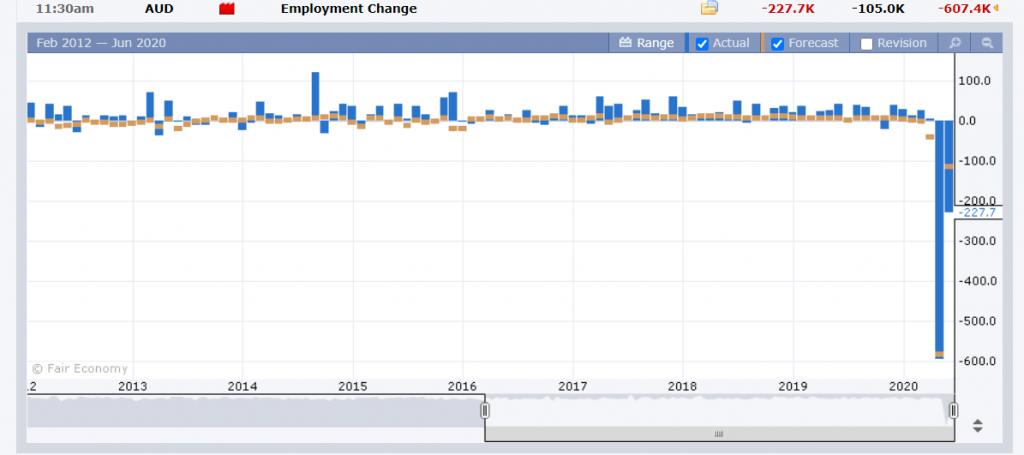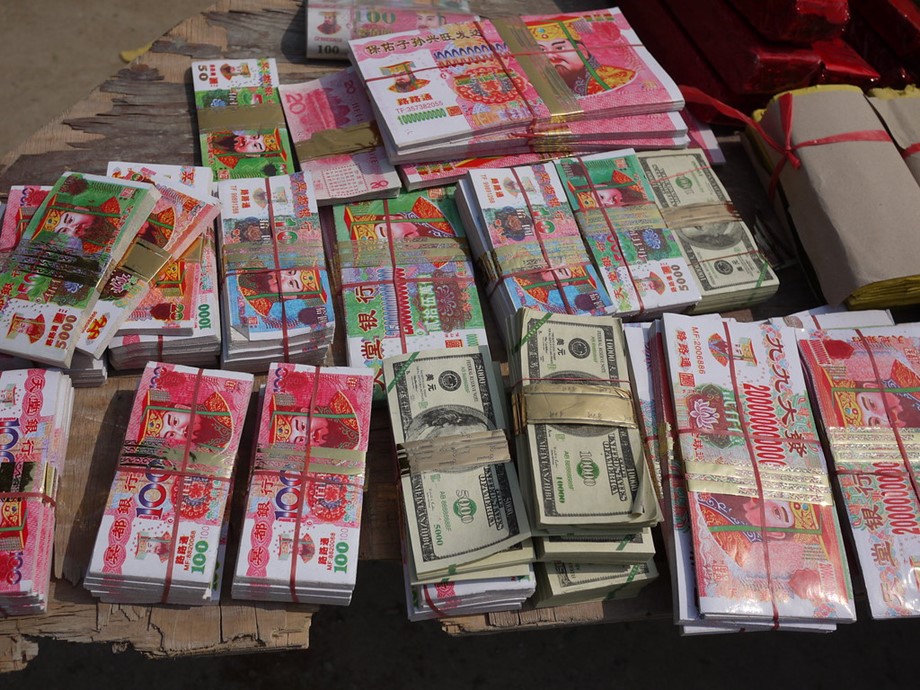Summary: The US Dollar extended its gains as concerns of a rise in new Covid-19 cases globally and mixed US economic data drove demand for the Greenback. While Beijing claimed it was in control of the latest Covid-19 outbreak, statistics southern US states, Japan, Germany, and Portugal backed fears of another virus wave. US economic data was mixed with a surprise bounce in the Philly Fed Manufacturing Index offset by rising weekly Unemployment Claims. Wall Street stocks ended mixed. In a knee-jerk reaction, the British Pound soared initially to 1.25672 before plunging to 1.2402 after the Bank of England kept interest rates unchanged but added another GBP 100 billion to their bond buying program. BOE policy makers warned that there is a risk of “higher and more persistent unemployment” with repercussions for inflation and economic growth. The Euro hit two-week lows at 1.11855 finishing 0.35% weaker to 1.1210 (1.1242 yesterday). The Swiss National Bank left interest rates unchanged. USD/CHF climbed to 0.9515 (0.9490). Australia’s economy in May shed 227,700 jobs, underwhelming expectations of a jobs decline of 125,000 and April’s loss of 594,300. Australia’s Unemployment rate in May rose to 7.1%, worse than forecasts at 6.9% and the previous month’s 6.2%. The Aussie Dollar slumped to 0.68358 overnight lows before settling at 0.6850 (0.6885 yesterday) in late New York. Against the Japanese Yen, the Dollar was little changed at 106.95 (106.98) after the Bank of Japan kept it interest rates unchanged which was widely expected. The US Dollar rallied against the Canadian Loonie to finish at 1.3600 from 1.3563 yesterday. Bank of Canada Deputy Governor Larry Schembri said consumer spending will likely remain subdued until a coronavirus vaccine was found. Global Treasuries were mostly up and yields down. The key US 10-year bond yield was 3 basis points lower to 0.71%. Germany’s 10-year Bund yield closed at -0.44% from –0.40% yesterday.

Other data released yesterday saw Switzerland’s Trade Balance fall to +CHF 2.8 billion in May from CHF 4.04 billion the previous month. Canada’s Wholesale Sales slumped to -21.6% in May underwhelming forecasts of -11.6% and April’s -2.7%. Canada’s Payrolls rose to 208,400 in May from a downwardly revised -2.361 million. The US Philadelphia Fed Index rose to 27.5 in May beating median forecasts at -23.0 and April’s -43.1. Weekly Unemployment Claims fell to 1.508 million from the previous week’s 1.56 million, missing forecasts at 1.3 million.
On the Lookout: Fears about fresh coronavirus outbreaks will continue to be the relevant factor for markets. The number of cases in several US states keeps rising, specially in the south. New COVID-19 cases keep rising in third world countries like India, Pakistan and much of Latin America. Germany and Portugal reported an increase in new cases.
Today’s economic calendar kicks off with Japan’s National Core CPI report followed by the Bank of Japan’s Monetary Policy Meeting Minutes (May). Australia reports its Retail Sales data. The European Union holds its Economic Summit on video. European reports start with Germany’s PPI and Eurozone Current Account. The UK follows with its Retail Sales (May) and Public Sector Net Borrowing reports. Canada follows with its May Headline and Core Retail sales. The US sees its Current Account data. Fed Chair Jerome Powell and Cleveland Federal Reserve President Loretta Mester speak at a virtual panel discussion in a youth community event in Ohio.
Trading Perspective: The US Dollar should retain its bid bias as we head into the last day of this week. The combination of risk aversion and mixed US economic data supported the Greenback against its rivals yesterday. A total of 8,565,219 people have been reported to be infected with Covid-19 globally resulting in 455,470 deaths. This serves as a reminder of the risks of reopening economic activity before a vaccine is found. It is a long and winding road back to recovery. In these current circumstances, the Dollar will benefit from safe-haven flows.















